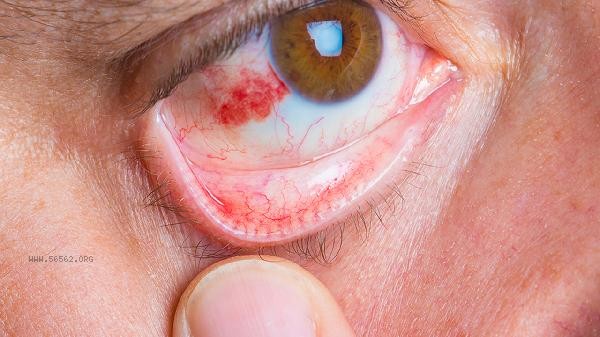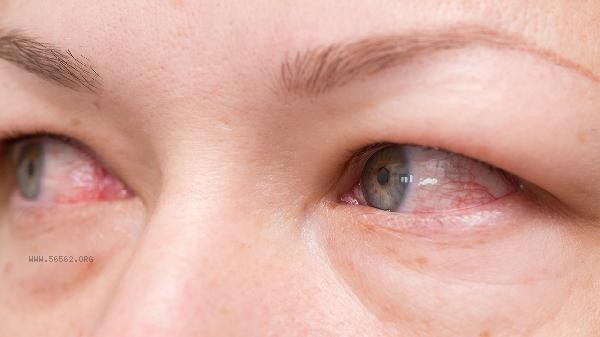High blood pressure induced retinal hemorrhage is a warning sign that may indicate damage to the blood vessels in the eyes, and prompt medical attention and blood pressure control are necessary. The causes of retinal hemorrhage include vascular damage caused by hypertension, retinopathy, etc. Treatment should start from controlling blood pressure, improving ocular circulation, and preventing complications. Hypertension is one of the main causes of retinal hemorrhage. Long term hypertension can cause excessive pressure on the retinal blood vessel walls, leading to vessel rupture or bleeding. Hypertensive patients have decreased vascular elasticity and are prone to hardening, further increasing the risk of bleeding. Regular monitoring of blood pressure and maintaining stable blood pressure are key. It is recommended to use antihypertensive drugs such as amlodipine, valsartan, benazepril, etc., in combination with a low salt diet and moderate exercise.

2. Ocular bleeding may be related to retinal lesions. Hypertension patients are often accompanied by diabetes or hyperlipidemia, and these diseases will aggravate the damage of retinal blood vessels. Retinopathy may have no obvious symptoms in the early stages, but in the later stages it may lead to vision loss or even blindness. It is recommended to undergo regular fundus examinations to detect lesions early. The treatment methods include laser therapy, injection of anti VEGF drugs such as ranibizumab, aflibercept, and surgical treatment. Improving eye circulation can help prevent and treat retinal hemorrhage. Hypertensive patients can promote eye blood circulation by adjusting their lifestyle. Eat more foods rich in vitamins C, E, and Omega-3 fatty acids, such as blueberries, spinach, and deep-sea fish. Moderate exercise such as walking and yoga can also help improve blood circulation. Avoid prolonged eye use and regularly engage in eye relaxation training.
4. Preventing complications is an important goal in treating retinal hemorrhage. Hypertensive patients should be alert to other eye diseases that may be caused by retinal hemorrhage, such as glaucoma, cataracts, etc. Regularly undergo ophthalmic examinations to promptly identify and address any issues. At the same time, control systemic diseases such as diabetes and hyperlipidemia to reduce further damage to the eyes. High blood pressure leading to retinal hemorrhage cannot be ignored and requires timely medical attention and comprehensive treatment measures. By controlling blood pressure, improving eye circulation, and preventing complications, the risk of retinal hemorrhage can be effectively reduced, protecting visual health. Hypertensive patients should undergo regular fundus examinations, closely monitor their eye health, and promptly address any issues discovered.










Comments (0)
Leave a Comment
No comments yet
Be the first to share your thoughts!